The iPhone doesn't stop at last year's excellent iPhone 12lineup. Apple's been developing its iPhone 13 models for a while now, and there are a lot of rumors already with eight or nine months still to go until a release. This year, we're expecting four new models with similar sizes and features to 2020's offerings. If you want to know what makes the 2021 iPhones so different, we've got answers.
Jump to a section:Names | Dates | Storage | Prices | Body | Basics | Display | Performance | Battery | MagSafe | Cameras (Rear | Front) | Audio | Sensors | Connectivity | Security | Software | Media Formats | In the Box
Names
Just like last year's iPhone releases, we aren't 100% certain what Apple will call the 2021 lineup. We, along with many in the smartphone community, are rolling with "iPhone 13" for now, as Apple went from iPhone 11 to iPhone 12 previously.
- Possible names: iPhone 13, iPhone 13 mini, iPhone 13 Pro, iPhone 13 Pro Max
However, Bloomberg reports that Apple engineers consider the 2021 iPhones to be "S" models. Traditionally, S-model iPhones are incremental steps up from the previous game-changing generations, and the iPhone 12 models were definitely game-changing with their 5G support. There's a good chance that Apple will make the new models "S" models like it did when it jumped from the iPhone X to iPhone XS. For now, however, we're sticking with iPhone 13 until we know for sure.
- Other possible names: iPhone 12S, iPhone 12S mini, iPhone 12S Pro, iPhone 12S Pro Max
Dates
Apple doesn't usually reveal an iPhone announcement date until a few weeks before the keynote. That said, popular analyst Ming-Chi Kuo anticipates that the iPhone 13 lineup will not face production delays and will come out in the typical fall season.
Last year's iPhones were delayed by at least a month due to COVID-19-related production delays. Luckily, Apple has learned from this new normal and won't let the virus disrupt the iPhone 13 lineup's moment of glory. Traditionally, the first of the new iPhones batch comes out in September, but it was October last year. Either one of those is possible for 2021.
- Announcement date: Fall 2021
- Preorder date: Fall 2021
- Release date: Fall 2021
Storage
Wedbush analyst Daniel Ives has "increased confidence" that the iPhone 13 will offer a 1 TB (terabyte) storage tier. That mirrors a claim by controversial Apple leaker Jon Prosser, which might lend some truth to the idea. If true, it would be the first time Apple has offered 1 TB on iPhone — currently, 512 GB is the larger storage size you can buy for the mobile device.
And there's no reason to believe that Apple will add a spot to throw in a microSD card, so expandable storage is limited to external Lightning flash drives, external USB drives using a Lightning to USB adapter, external SD card readers, and even external hard drives with the right cables. (Find external storage options for iPhone.)
- iPhone 13/13 mini storage: likely 64 GB, 128 GB, 256 GB
- iPhone 13 Pro/13 Pro Max storage: likely 128 GB, 256 GB, 512 GB, possibly 1 TB
- Internal expandable storage: no
- External expandable storage: yes (there are many options)
Prices
There are no rumors yet concerning the price of these devices. For now, expect Apple to keep things just about where they are with the iPhone 12 lineup. At the very least, we don't see them deviating from that infamous $1,000 starting price tag for the Pro iPhone.
- iPhone 13 price: likely $829 (64 GB); $879 (128 GB); $979 (256 GB)
- iPhone 13 mini price: likely $729 (64 GB); $779 (128 GB); $879 (256 GB)
- iPhone 13 Pro price: likely $999 (128 GB); $1,099 (256 GB); $1,299 (512 GB)
- iPhone 13 Pro Max price: likely $1,099 (128 GB); $1,199 (256 GB); $1,399 (512 GB)
Also, you can expect a one-year limited warranty and up to 90 days of complimentary tech support. The warranty expands to two years with AppleCare+ and AppleCare+ with Theft and Loss, and you get additional features such as accidental damage protection (up to two incidents) and 24/7 tech support.
Base-tier AppleCare+ from Apple for the iPhone 13 and 13 mini is expected to be $149 (or $7.99 per month), while AppleCare+ with Theft and Loss will likely be $219 (or $11.49 per month). The base plan for the iPhone 13 Pro and 13 Pro Max is expected to be $199 (or $9.99 per month) and $269 (or $13.49 per month) for the extra protection.
On the iPhone Upgrade Program, one of these protection plans is automatically included in the pricing. When you use an Apple Card to make monthly payments, it's slightly cheaper at $6.20 or $9.12 for the cheaper iPhone models and $8.29 or $11.20 for the Pro models.
- iPhone 13/13 mini AppleCare+: $7.99/mo or $149/yr ($6.20/mo with Apple Card installments)
- iPhone 13/13 mini AppleCare+ with Theft and Loss: $11.49/mo or $219/yr ($9.12/mo with Apple Card installments)
- iPhone 13 Pro/13 Pro Max AppleCare+: $9.99/mo or $199/yr ($8.29/mo with Apple Card installments)
- iPhone 13 Pro/13 Pro Max AppleCare+ with Theft and Loss: $13.49/mo or $269/yr ($11.20/mo with Apple Card installments)
Body
Sorry to disappoint anyone looking for some major design changes with the iPhone 13; Apple isn't about that this year. All current reports point to four iPhones with designs that are almost identical to what we see on the iPhone 12 lineup.
Now, that isn't necessarily a bad thing. The 12 roster marked a major design shift for iPhone, bringing back the squared-off edges of the iPhone 4 and 5 while introducing some fun new colors and materials. I will absolutely be standing my iPhone 13 up on a table all by itself, just like I do with my iPhone 12.
- Frame: aluminum (13/13 mini); stainless steel (13 Pro/13 Pro Max)
- Back: glass
- Front: Corning Ceramic Shield glass
- Front coating: fingerprint-resistant oleophobic coat
- Finish: unknown colors
Basics
Because this year's design is so similar to last year's, there's not much difference in the basic specs. That said, Mac Otakara reports a rumor that all iPhone 13 models will be 0.26 mm thicker than the iPhone 12 lineup. It isn't known how that would affect the iPhone 13's weight or whether iPhone 12 cases will work with the iPhone 13 models. It's only 0.01 inches, so chances are your old cases will still be usable.
We anticipate that all the 2021 iPhones will have an IP68 water resistance rating as the previous year, rated for 30 minutes of water exposure up to six meters.
- iPhone 13 height: likely 5.78 in. (146.7 mm)
- iPhone 13 width: likely 2.82 in. (71.5 mm)
- iPhone 13 depth: possibly 0.3 in. (7.69 mm)
- iPhone 13 weight: unknown
- iPhone 13 mini height: likely 5.18 in. (131.5 mm)
- iPhone 13 mini width: likely 2.53 in. (64.2 mm)
- iPhone 13 mini: possibly 0.3 in. (7.69 mm)
- iPhone 13 mini weight: unknown
- iPhone 13 Pro height: likely 5.78 in. (146.7 mm)
- iPhone 13 Pro width: likely 2.82 in. (71.5 mm)
- iPhone 13 Pro depth: possibly 0.3 in. (7.69 mm)
- iPhone 13 Pro weight: unknown
- iPhone 13 Pro Max height: likely 6.33 in. (160.8 mm)
- iPhone 13 Pro Max width: likely 3.07 in. (78.1 mm)
- iPhone 13 Pro Max depth: possibly 0.3 in. (7.69 mm)
- iPhone 13 Pro Max weight: unknown
- Dust/water resistance: IP68 (max depth of 6 meters for up to 30 minutes) under IEC standard 60529
- Mobile network operators: AT&T, Sprint, T-Mobile, Verizon
The environmental operating requirements are standard. Apple has actually listed the same ones since its iPhone 7 models were released. We don't expect these to change any time soon:
- Operating temp: 32° to 95° F
- Nonoperating temp: -4° to 113° F
- Relative humidity: 5–95% noncondensing
- Operating altitude: up to 10,000 feet (though could be more)
Display
Last year marked a milestone for the iPhone since all of the new devices shipped with OLED displays for the first time. Obviously, Apple isn't going backward, and the iPhone lineup this year will all receive OLED displays as well. But there are some interesting rumors surrounding other parts of the display technology that we can focus on.
Let's start with the notch. Yes, the notch is still a part of iPhone life, even in 2021. Apple doesn't like to throw away a design willy nilly. That said, Apple leaker Ice universe claims that the company might make the notch smaller. Anyone who follows iPhone rumors knows that we see that claim every year, but this year the speculation is much more conservative.
Instead of suggesting that Apple will do away with the notch entirely, Ice universe says the company will make the cutout "shorter." You can see in the crudely illustrated diagram below that the proposed redesign makes the notch much less prominent. Adding support to this rumor, Kuo also claims Apple is shrinking the notch this year.
That said, Mac Otakara did release a video showing an iPhone 13 mockup with no notch. Could 2021 be the year we finally get a truly bezel-less iPhone?
Another big change that we could see? An in-display fingerprint reader. Finally, the return of Touch ID on a flagship iPhone! This is a recycled rumor for sure, but it's been given more weight this year, as Apple recently brought Touch ID back for the iPad Air. For the Air, Apple built Touch ID into the Side button, but the rumors suggest Apple will put Touch ID under the iPhone's display.
This rumor is strengthened by a Barclay's investor note, which claims that Apple will "likely" include Touch ID in the iPhone 13's display. That said, Kuo claimed earlier this month that there is no indication yet that Apple will go through with this idea for these iPhones.
As if two age-old iPhone rumors weren't enough, there's one more making the rounds this year. Yes, we are taking the claims of 120 Hz displays seriously again. The Elec reports that Apple is finally biting the bullet and catching up to many Android OEMs by placing a high refresh rate display in the iPhone 13 Pro and 13 Pro Max. It certainly wouldn't be unprecedented for Apple, as the third and fourth-generation iPad Pros already have this feature.
That said, Apple isn't just slapping 120 Hz displays in these iPhones. The company is taking advantage of a display technology called LTPO (low-temperature polycrystalline oxide), which provides a much more energy-efficient way to turn OLED pixels on and off. It's the same tech that Apple Watch Series 5 and 6 have, leading some to speculate that Apple might add an always-on display to the 13 Pro and 13 Pro Max as well. In fact, leaker Max Weinbach confirmed as much, via EverythingApplePro:
Always-On Display will have minimal customizability. Current design basically looks like a toned-down lockscreen [sic]. Clock and battery charge is always visible. Notifications seem to be displayed using a bar and icons. Upon receiving, the notification will pop up normally except that the screen will not entirely light up. Instead, it will display it just like you're used to right now, except dimmed down and only temporary.
It's important to note that Kuo supports the claims that the Pro iPhones will both have 120 Hz refresh rates, as well as LTPO displays powering that technology.
- Screen size: 6.1 inches (13/13 Pro), 5.4 inches (13 mini), 6.7 inches (13 Pro Max)
- Screen resolution: possibly 2532 by 1170 px (13), 2340 by 1080 px (13 mini), 2532 by 1170 (13 Pro), 2778 by 1284 (13 Pro Max)
- Pixel density: possibly 460 ppi (13/13 Pro), 476 ppi (13 mini), 458 ppi (13 Pro Max)
- Screen type: OLED, Super Retina XDR
- HDR: likely Dolby Vision and HDR10
- Notch: yes, likely shorter
- Screen-to-body ratio: currently unknown
- Aspect ratio: 19.5:9
- Minimum brightness: unknown
- Maximum brightness: likely 625 nits (typical) (13/13 mini), 800 nits (typical) (13 Pro/13 Pro Max); 1,200 nits (HDR)
- Contrast ratio: likely 2,000,000:1
- Refresh rate: likely 60 Hz (13/13 mini), possibly 120 Hz (13 Pro/13 Pro Max)
- Color temperature: unknown
- 3D Touch: no
- Haptic Touch: yes
Performance
As per usual, 2021 will see Apple's latest and greatest chipset baked into all new iPhones. This year, we expect to see the A15 Bionic, which is rumored to be built with a five-nanometer-plus (5 nm+) process, one more enhanced than on the A14 Bionic. That process provides more power and efficiency to benefit battery life over the standard five-nanometer (5 nm) process.
RAM is still up in the air. Last year, we found out that Apple finally bumped up the RAM in the Pro models to six gigabytes while leaving the RAM in the 12 and 12 mini at four gigabytes. We may see the same numbers in this year's lineup.
- Memory: 4 GB RAM (13/13 mini), 6 GB RAM (13 Pro/13 Pro Max)
- Processor: Apple A15 Bionic
- Chip size: 5 nm+
- Coprocessor: unknown
- CPU frequency: unknown
- CPU cores: 6-core
- GPU: Apple-designed (unknown model)
- GPU cores: 4-core
Battery
The first major battery rumor comes from Kuo, who claims all four of Apple's new iPhones will ship with larger battery capacities. Unfortunately, Kuo doesn't give us any specifics, but claims that Apple is able to increase battery sizes after integrating the SIM card slot with the logic board and shrinking some Face ID parts.
As far as ports go, there are some murmurs that big changes are coming to Apple's proprietary Lightning port. An initial report from Ming-Chi Kuo claimed that Apple is planning on dropping the port completely for the 13 Pro Max, relying on wireless charging (such as with MagSafe) for all power needs. That said, Kuo later recanted this idea, saying instead that all iPhone 13 models will sport the same Lightning connectors as always.
Let's pretend portless is still happening, however. Where does that leave data transfers? While you could send files wirelessly with technology like AirDrop, Apple might also add an iPad-like Smart Connector to the 13 Pro Max. That could allow you to more solidly connect to a computer or other devices without using a port, which would be great news. But will you be able to sync to iTunes on Windows without a port? Only time will tell.
However, as MacRumors points out, Apple's current Smart Connector design isn't water-resistant, which would be a huge step backward for iPhone. We think Apple wouldn't move forward with this idea unless they made the Smart Connector's resistance up to snuff.
The Mac Otakara video we mentioned above also depicts an iPhone with a USB-C port. While many believe Apple will never switch to USB-C on iPhone, if true, it'd be a welcome change for any consumer whose technology is mostly (or entirely) USB-C-based.
- Battery: rechargeable lithium-ion
- Capacity: unknown
- Wireless charging: likey yes, Qi standard (7.5 W)
- MagSafe wireless charging: likely yes, up to 15 W
- Charging port: likely Lightning, possibly USB-C (iPhone 13, 13 mini, and 13 Pro), no port at all (iPhone 13 Pro Max)
- Wired charging: likely yes, USB PD (18 W) (unless Apple drops the port in the 13 Pro Max)
- Fast charging: likely yes, with 20 W adapter or higher
MagSafe
Just like the iPhone 12 lineup, the iPhone 13 models are expected to have MagSafe built-in. Since the MagSafe array is inside the iPhone around the wireless charging coil, it provides a more efficient and consistent wireless charging connection to hit the sweet spot every time. In addition to power, you can use MagSafe to attach wallets and other accessories, and it can even detect the type of accessory with its NFC chip (if the accessory provides that information).
According to Max Weinbach, the MagSafe magnets in the iPhone 13 lineup will be stronger than those in the iPhone 12 models. That means accessories that solely rely on MagSafe to connect won't fall off as easily.
- Wireless charging up to 15 W
- Magnet array
- Alignment magnet
- Accessory Identification NFC
- Magnetometer
Cameras
The iPhone's cameras are among the device's most famous features. However, the rumors suggest Apple isn't making many strides this year in the photography and videography departments. In fact, Kuo says Apple won't add any major upgrades to the iPhone's cameras until at least 2022. Bummer. We suppose Apple wants to rest a bit after adding so many great camera features to the iPhone 12 lineup.
Rear Camera
Apple is working on adding astrophotography to the iPhone 13, as Max Weinbach has stated, which would produce much better images of both stars and the moon (finally)! Like Night Mode, this feature would be automatic, requiring you to simply point your iPhone up when outside. Apple is far from the first OEM to add this feature, but it's better late than never. Get ready for a lot of photos of the sky on your Instagram feed.
According to Mac Otakara, the 13 Pro might receive the same sensor-shift optical image stabilization that the iPhone 12 Pro Max sported. That's great news for anyone who wants to see more stabilization in their mobile photography but doesn't want to spring for the largest iPhone. Max Weinbach echoes these rumors, and also suggests that Apple is upgrading the ultra-wide camera with an improved sensor and six-piece lens.
Another good note? All iPhone 13 models could get lidar this year, not just the Pros. The iPhone 12 Pro and 12 Pro Max's lidar sensors help iOS map the real world inside your iPhone, making them excellent for AR. Apps like TikTok are already taking advantage of the iPhone's lidar sensor, so it'll be nice to see the lower-tier iPhones get this feature as well.
However, Kuo claims that only the 13 Pro and 13 Pro Max will get LiDAR this year, so this rumor needs to be taken with a grain of salt.
It's also possible the rear camera unit on all four models will grow by 0.9 millimeters and will be covered entirely in sapphire. But overall, the three lenses on the Pro models and two on the other ones are expected to be very similar to their iPhone 12 counterparts. That means we'll probably see an ultra-wide five-element lens at ƒ/2.4 aperture with a 120° field of view, as well as a ƒ/1.6 wide-angle lens. The Pro models will also have a telephoto six-element lens at ƒ/2.0 with a 52-millimeter focal length (on the Pro) and ƒ/2.2 with a 65-millimeter focal length (on the Pro Max).
Portrait video, anyone? Max Weinbach claims that Apple is adding its bokeh effect to videos this year for the first time. You'll also have the option to adjust the depth of field in post, just as you can with Portrait photos. The company introduced Portrait mode on the iPhone 7 Plus in 2016, improving the tech with each new iPhone release.
For Photos:
- Resolution: likely 12 MP (wide-angle), 12 MP (ultrawide)
- Aperture: likely ƒ/1.6 (wide-angle), ƒ/2.4 (ultrawide), ƒ/2.0 telephoto (13 Pro), ƒ2.2 telephoto (13 Pro Max)
- Optical Zoom: likely 2x optical (13/13 mini), 4x optical (13 Pro), 5x optical (13 Pro Max)
- Digital Zoom: likely 5x digital (13/13 mini), 10x (13 Pro), 12x (13 Pro Max)
- Flash: likely Quad-LED True Tone flash with Slow Sync
- Image stabilization: likely auto optical image stabilization on wide and telephoto; and sensor-shift optical image stabilization on the 13 Pro and 13 Pro Max wide-angle lens
- RAW support: likely yes, and Apple ProRAW (13 Pro/13 Pro Max)
- Lens cover: likely sapphire crystal
- Object detection: likely bodies, faces
- Formats: likely HEIF, JPEG, (Apple ProRAW on 13 Pro/13 Pro Max)
- HDR: likely Smart HDR 3
- Portrait lighting: likely yes, six effects
- Night mode: likely yes, for ultra-wide, wide, and portraits
- Panorama: likely yes, up to 63 MP
- Other: likely burst mode, geotagging, red-eye correction, lens correction (ultra-wide), wide color capture for photos and Live Photos, Deep Fusion, 100% focus pixels (wide)
For Video:
- Resolution: likely 720p, 1080p, 4K, and HDR with Dolby Vision
- Max frame rate: likely 30 fps for 720; 60 fps for 1080p, 4K, and HDR with Dolby Vision
- Slow motion: likely up to 1080p at 240 fps
- Time-lapse: likely yes, with stabilization and Night mode
- Photos: likely 8 MP stills while recording 4K
- Optical zoom: likely 2x optical (13 and 13 mini), 4x optical (13 Pro), 5x optical (13 Pro Max)
- Digital zoom: likely 5x (13 and 13 mini), 6x (13 Pro), 7x (13 Pro Max)
- Flash: likely Quad-LED True Tone flash
- Image stabilization: likely cinematic video stabilization (4K, 1080p, and 720p)
- Lens cover: likely sapphire crystal
- Object detection: likely bodies, faces
- Audio: likely stereo sound with audio zoom
- Formats: likely H.264, H.65 (HEVC)
- Other: likely playback zoom, continuous autofocus, extended dynamic range for up to 60 fps, QuickTake video
Front Camera
Not much is expected to change in terms of the front TrueDepth camera. It'll support Night mode (for Time-lapses too), HDR recording with Dolby Vision up to 30 frames per second, and Apple ProRAW. The latter would only be for the iPhone 13 Pro and 13 Pro Max, though we hope it'll finally make its way to the cheaper models too.
- Resolution (Photos): likely 12 MP
- Resolution (Videos): likely 1080p and 4K
- Max frame rate: likely 60 fps for 1080p and 4K
- Slow motion: likely yes, 1080p at 120 fps
- HDR with Dolby Vision recording: likely yes, up to 30 fps
- Aperture: likely ƒ/2.2
- Zoom: unknown
- Flash: likely screen-based (Retina Flash)
- Image stabilization: likely software-based auto stabilization; cinematic video stabilization (4K, 1080p, and 720p)
- RAW support: Apple ProRAW (13 Pro/13 Pro Max)
- Object detection: likely bodies, faces, winks, tongues
- Formats: likely HEIF, JPEG, (Apple ProRAW on 13 Pro/13 Pro Max)
- Night mode: likely yes, including time-lapses
- Portrait mode: likely yes, with advanced bokeh and Depth Control
- Portrait Lighting: likely yes, with six effects
- Time-lapse: likely yes, with stabilization and Night mode support
- Other: likely Animoji and Memoji, Burst mode, Deep Fusion, Smart HDR 3 with Scene Detection, QuickTake video, lens correction, wide color capture for photos and Live Photos, extended dynamic range for video up to 30 fps
Audio
We don't see any audio rumors quite yet, but here's what we can pretty much say for sure:
- 3.5 mm headphone jack: no
- Stereo speakers: yes
- Mics: three total (on rear, front, and bottom)
- Max speaker volume: unknown
Sensors
The iPhone 13 lineup likely features the same sensors as previous iPhones.
- Sensors: GPS, barometer, accelerometer, three-axis gyroscope, proximity sensor, barometer, digital compass, Face ID
Connectivity
Like the iPhone 12 lineup, all iPhone 13 models will be 5G-ready. According to DigiTimes, however, Apple might not make all of them equal. While all iPhone 12 models worked with both sub-6 GHz and mmWave 5G, some iPhone 13 models might only work with either-or. This move would be to save money in countries that don't have both 5G technologies. It isn't clear if that strategy would apply to U.S. smartphones as well since both sub-6 GHz and mmWave are available in the States.
Either way, rumors expect Qualcomm to provide the Snapdragon X60 modem for 5G connectivity in all four iPhone 13 devices.
The iPhone 13 lineup might be the first to be compatible with Wi-Fi 6E. That would allow iPhones to connect to the 6 GHz spectrum, as opposed to the 2.4 GHz and 5 GHz spectrums that Wi-Fi 6 is compatible with. With that technology at its peak, you could see mmWave 5G speeds on a Wi-Fi connection.
- Wi-Fi: possibly Wi-Fi 6E
- Bluetooth: likely 5.0
- NFC: likely yes, with reader mode
- SIM card: likely dual Nano-SIM card tray
- LTE: likely Gigabit LTE with 4x4 MIMO and LAA4
- 5G: likely 5G (sub-6 GHz and/or mmWave)
- Spatial awareness: likely Ultra Wideband chip
- Port: likely Lightning, possibly USB-C (or portless on the 13 Pro Max)
- Other: likely iBeacon microlocation, AirPlay, AirDrop
- Transit: likely Express Cards with power reserve
Security
This year, we could see a combined use of Face ID and Touch ID for the first time on iPhone. We don't yet know how secure Apple's in-display Touch ID will be; according to Apple, the Home Button Touch ID offers a one-in-fifty-thousand chance of failure. In contrast, Face ID offers a one-in-a-million chance of failure, so we'll just have to see how in-display Touch ID compares (if it happens at all, that is).
USB restricted mode will make a return as well. This feature is iOS-based and prevents third-party devices from connecting to your iPhone via USB without your permission.
- Security: Face ID (possibly Touch ID), USB restricted mode
Software
We know that Apple will ship their new iPhones with the company's latest version of iOS. Unless something changes this year, our money is on that version being called "iOS 15." However, whether Apple ships the iPhones with iOS 15.0 or a subsequent version like 15.1 or 15.0.1 is completely up in the air.
- Software: iOS 15
We'll also see Wi-Fi or cellular FaceTime video calls, FaceTime audio, voice over LTE (VoLTE), Wi-Fi calling, and full Siri support. A variety of language options, QuickType keyboard, Siri, dictation, dictionaries, and spell check, are also available.
Media Formats
The following audio files are likely supported: AAC-LC, HE-AAC, HE-AAC v2, Protected AAC, MP3, Linear PCM, Apple Lossless, FLAC, Dolby Digital (AC-3), Dolby Digital Plus (E-AC-3), Dolby Atmos, and Audible (formats 2, 3, 4, Audible Enhanced Audio, AAX, and AAX+) files. Video playback support likely includes HEVC, H.264, MPEG-4 Part 2, and Motion JPEG, as well as High Dynamic Range with Dolby Vision and HDR10 content.
In the Box
Just like last year, you won't find power adapters or EarPods in your iPhone 13 box. These days, the iPhone really is the most exciting part of the unboxing process:
- iPhone 13, 13 mini, 13 Pro, or 13 Pro Max
- USB-C to Lightning cable
- Documentation
Cover image via EverythingApplePro/YouTube








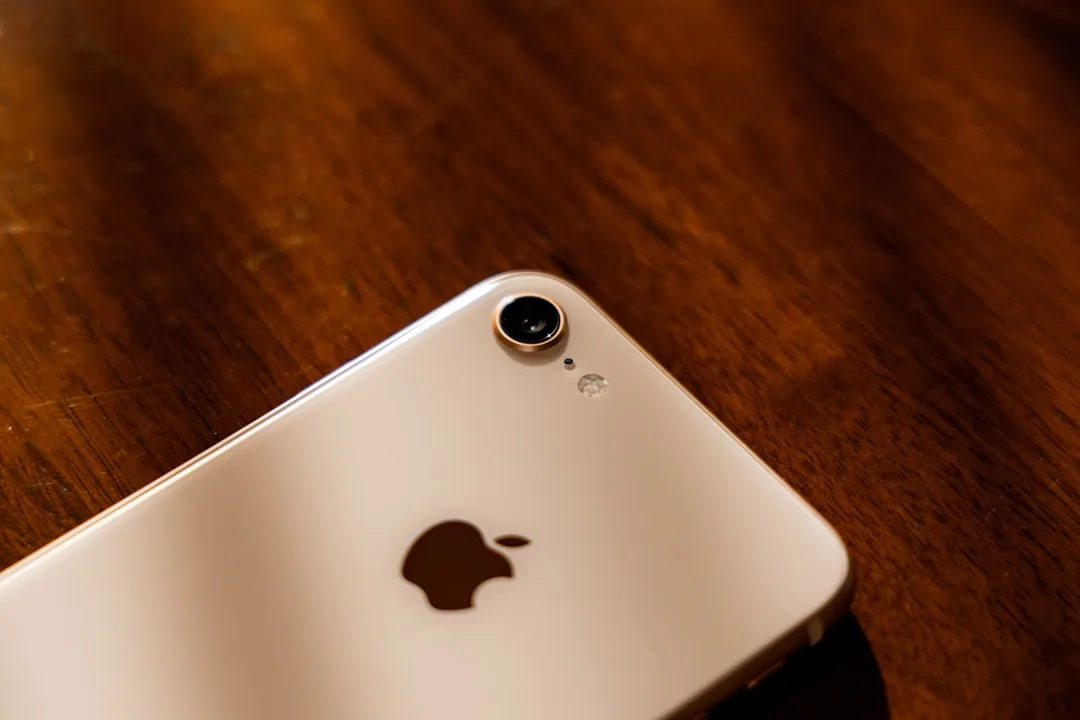
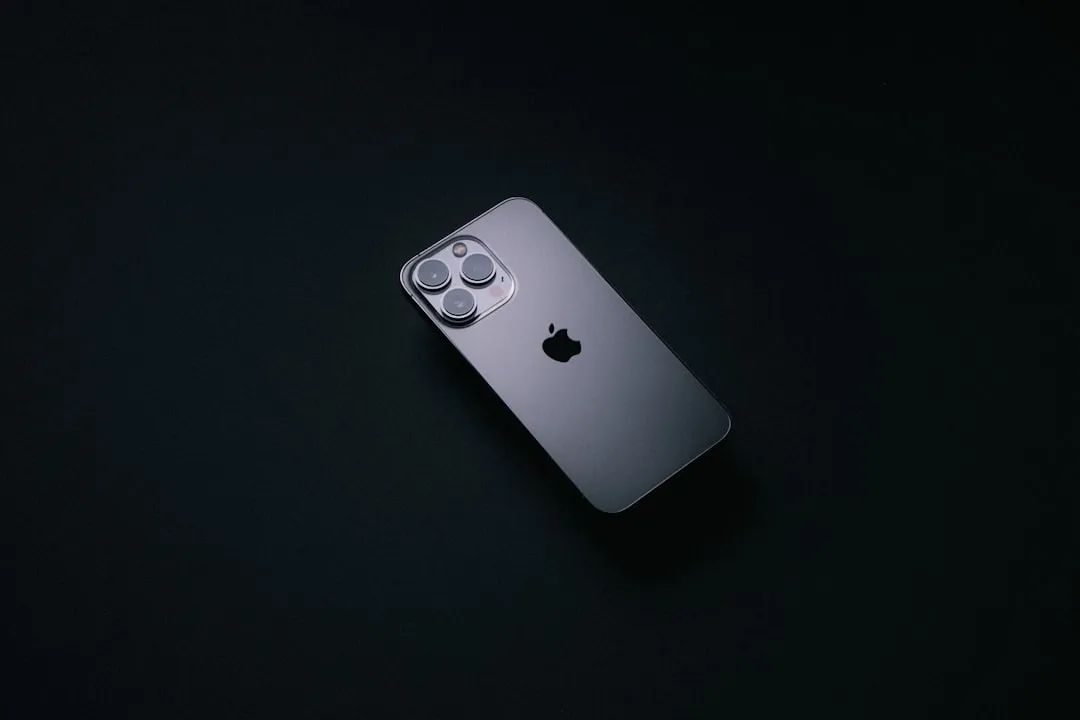
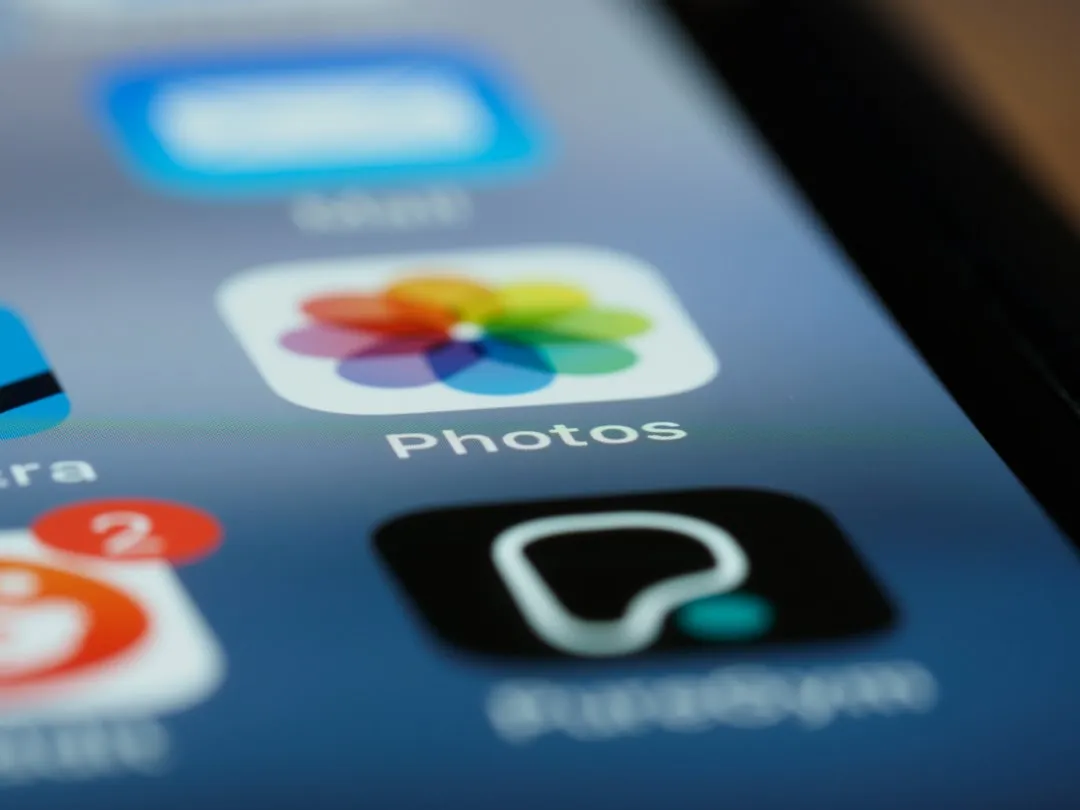



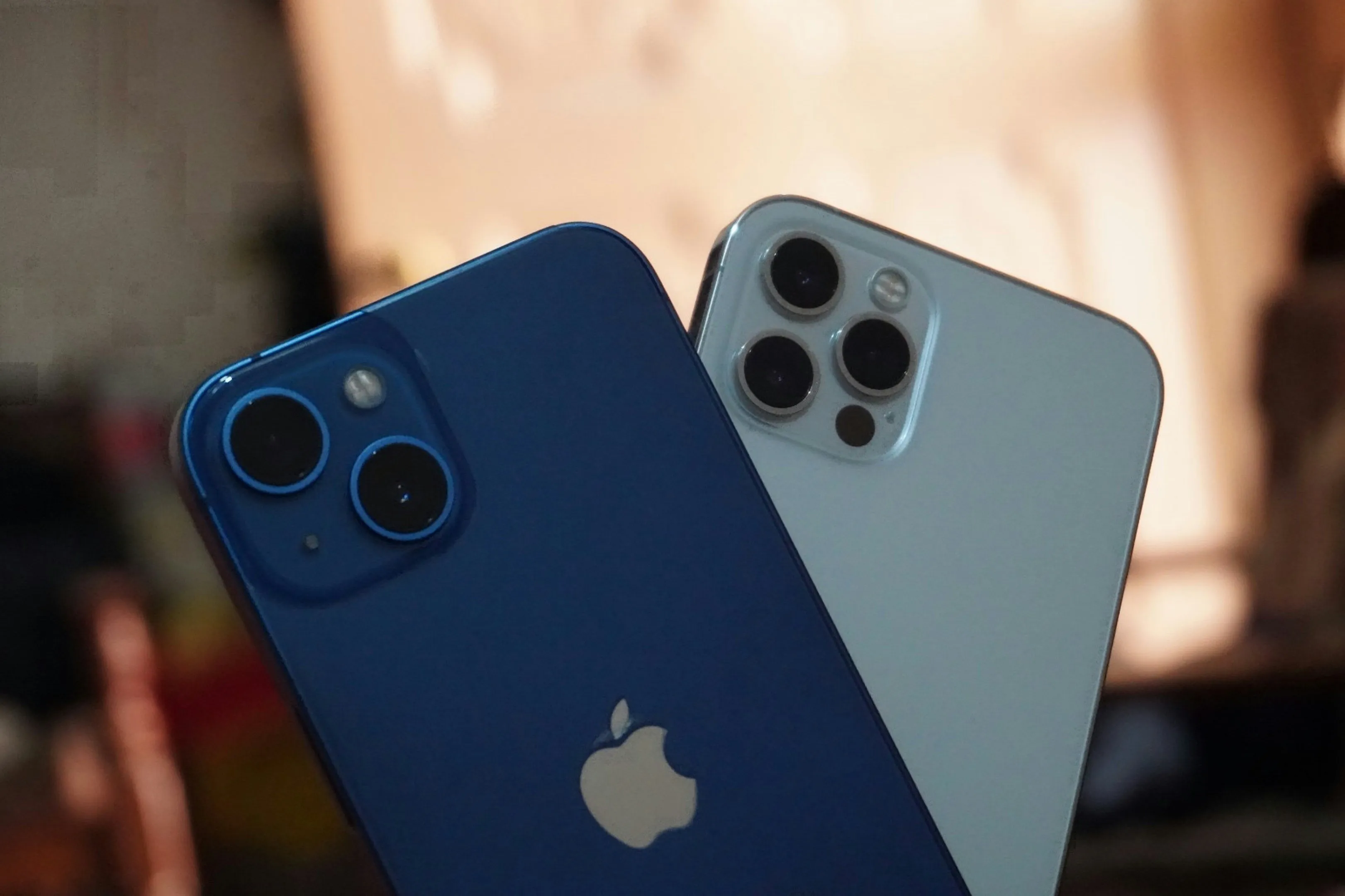
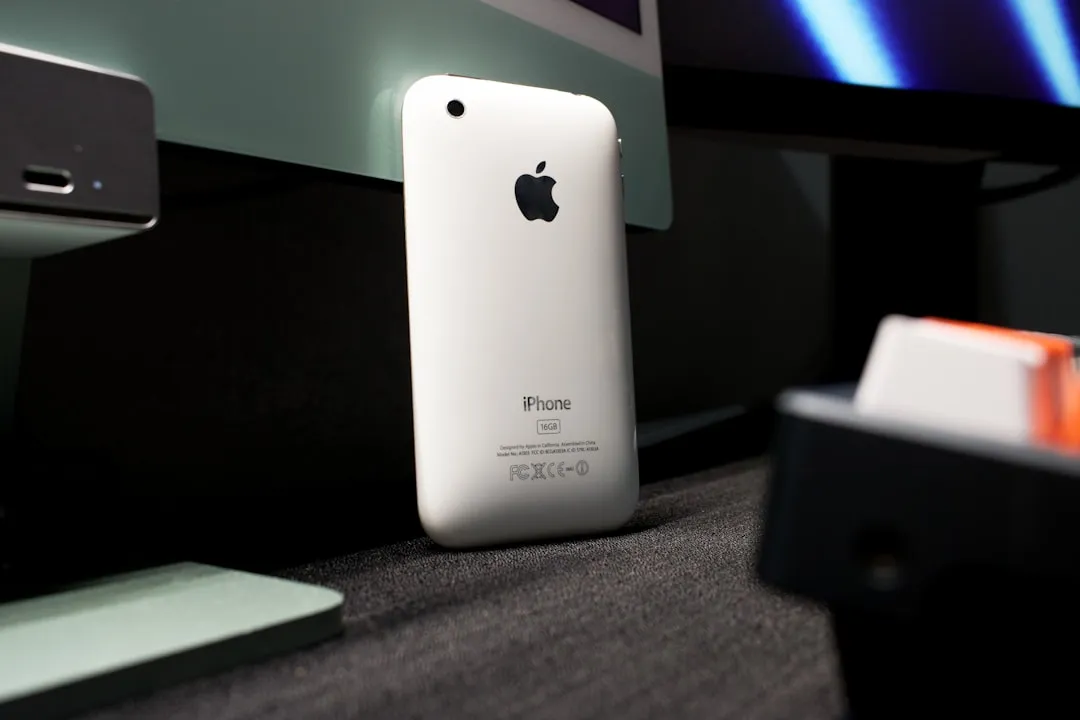
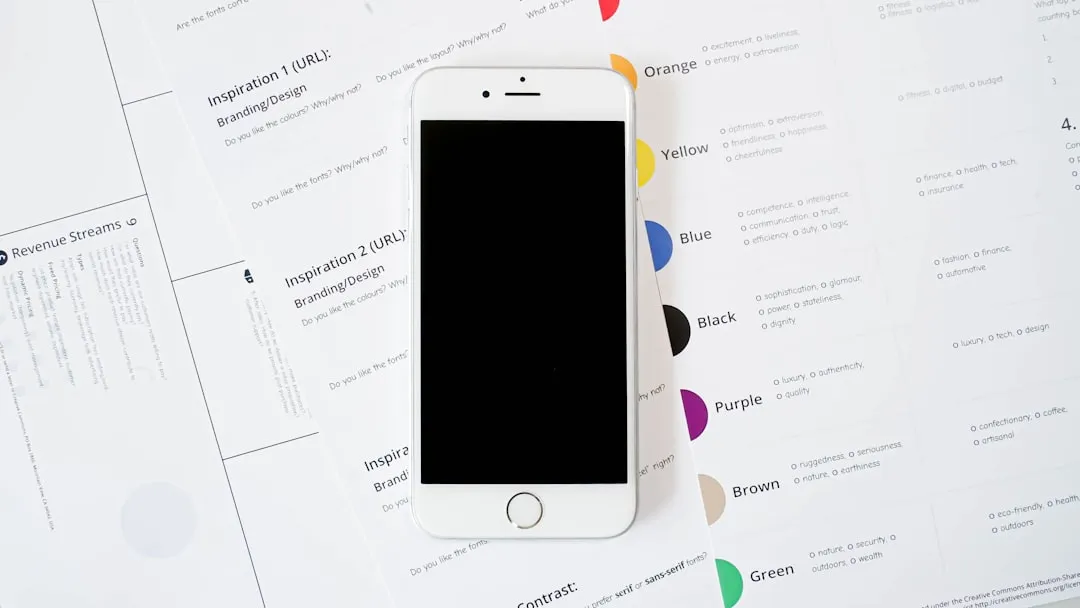
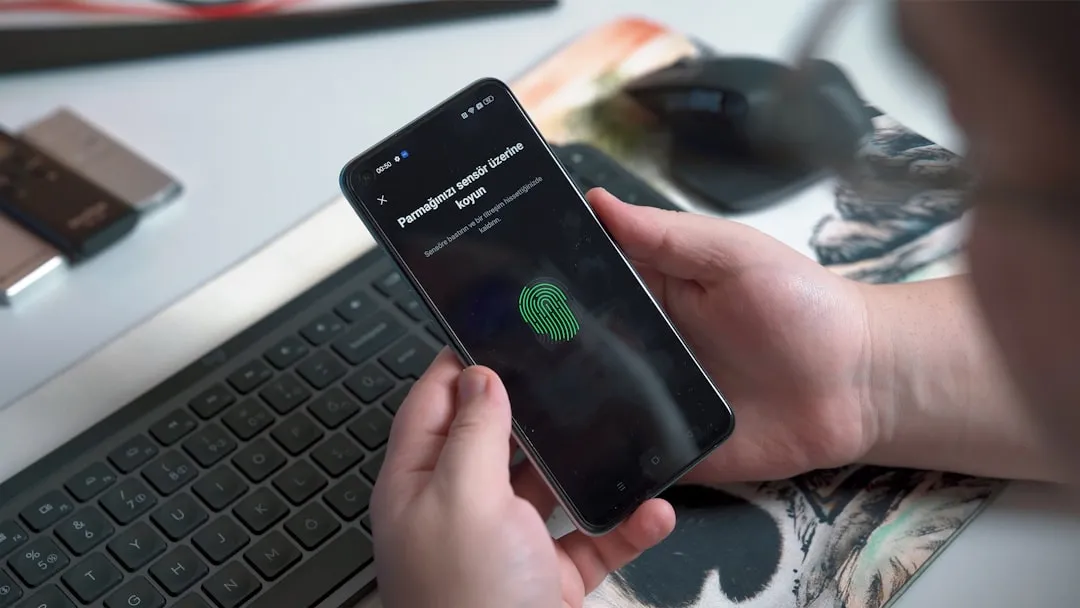
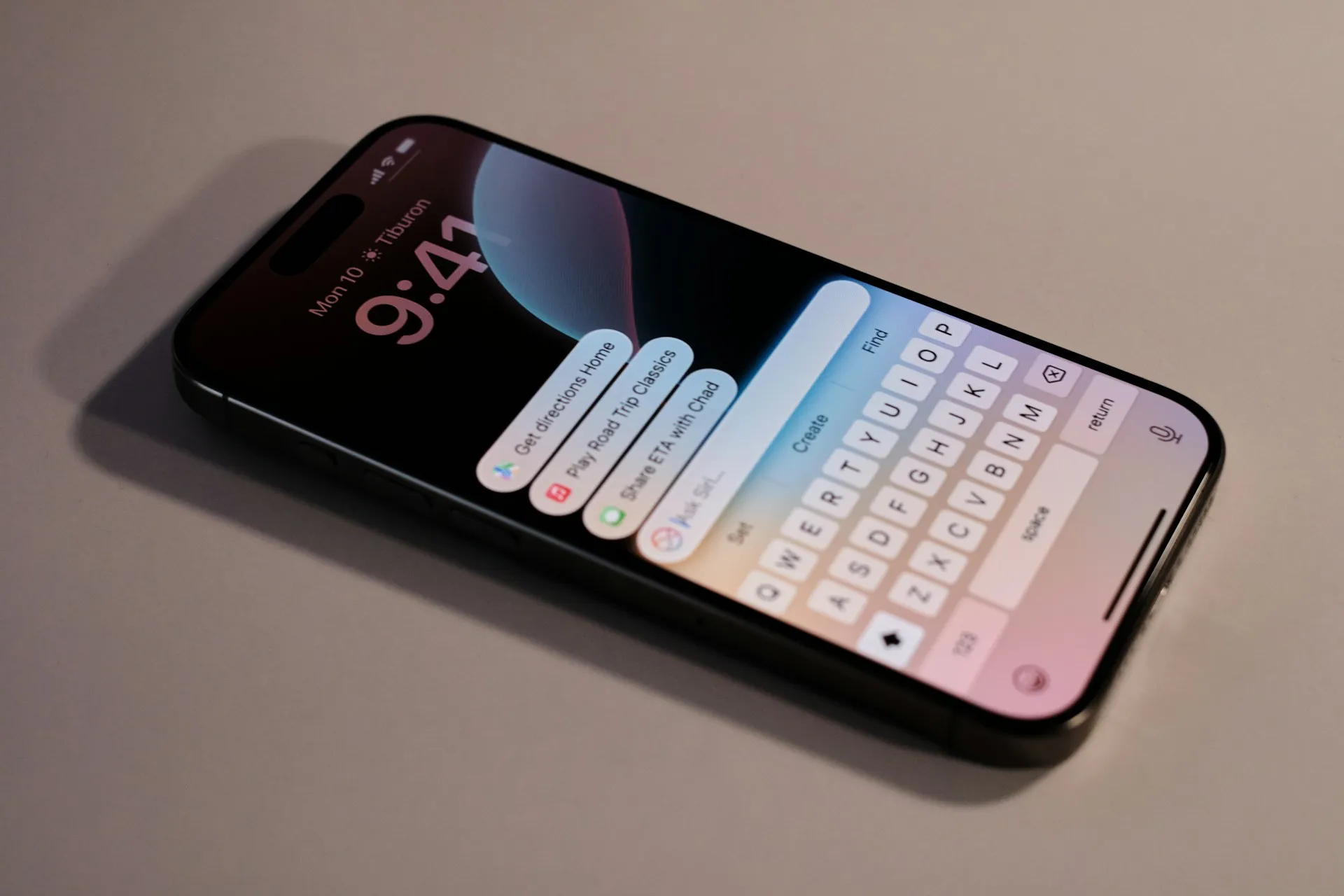


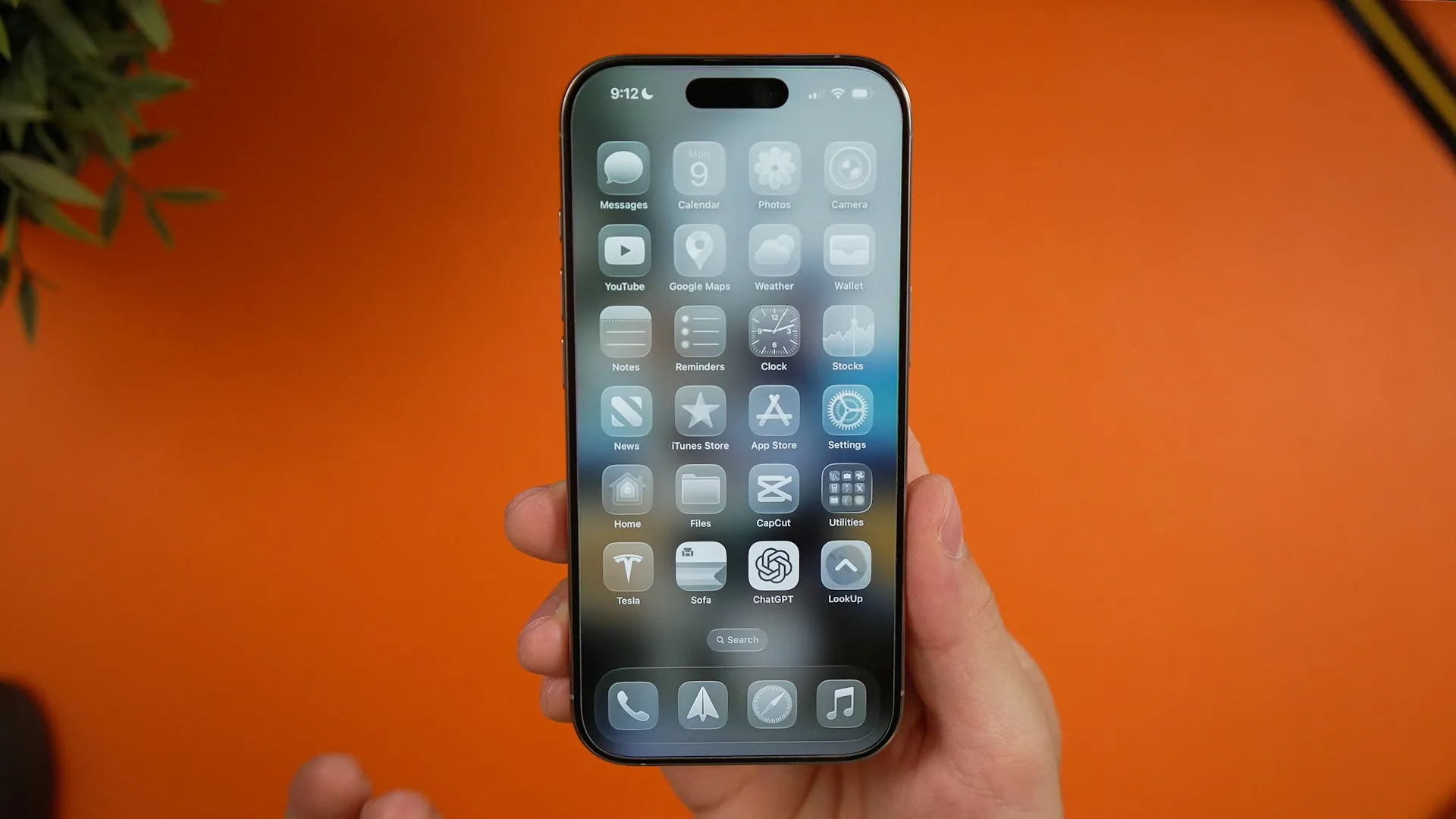
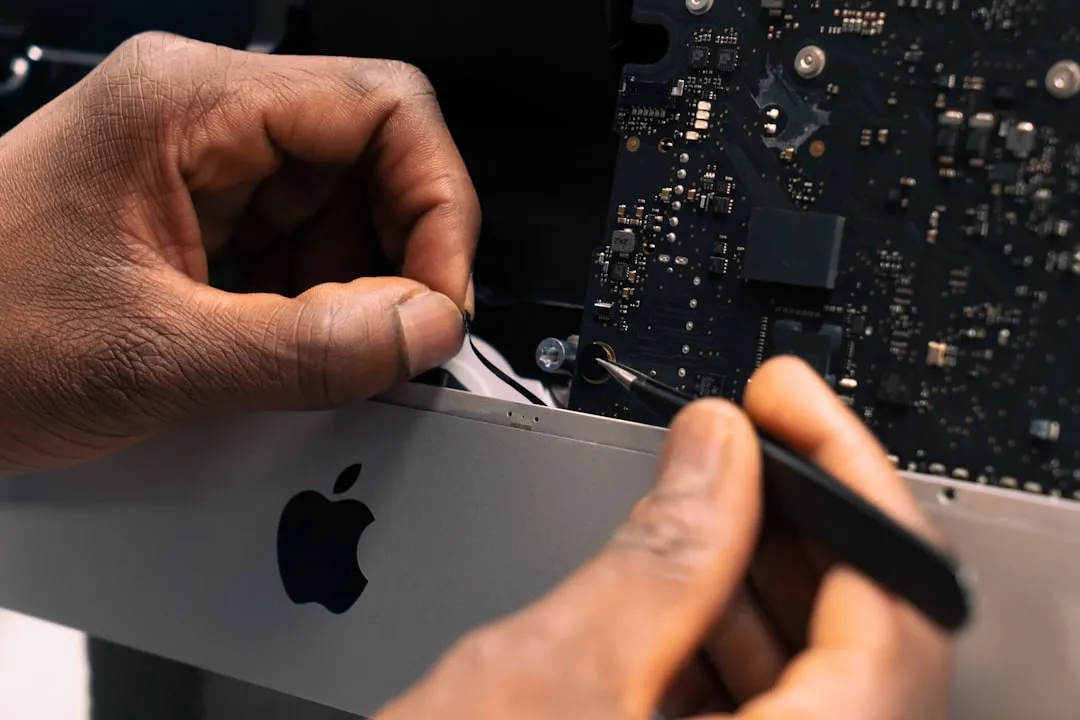



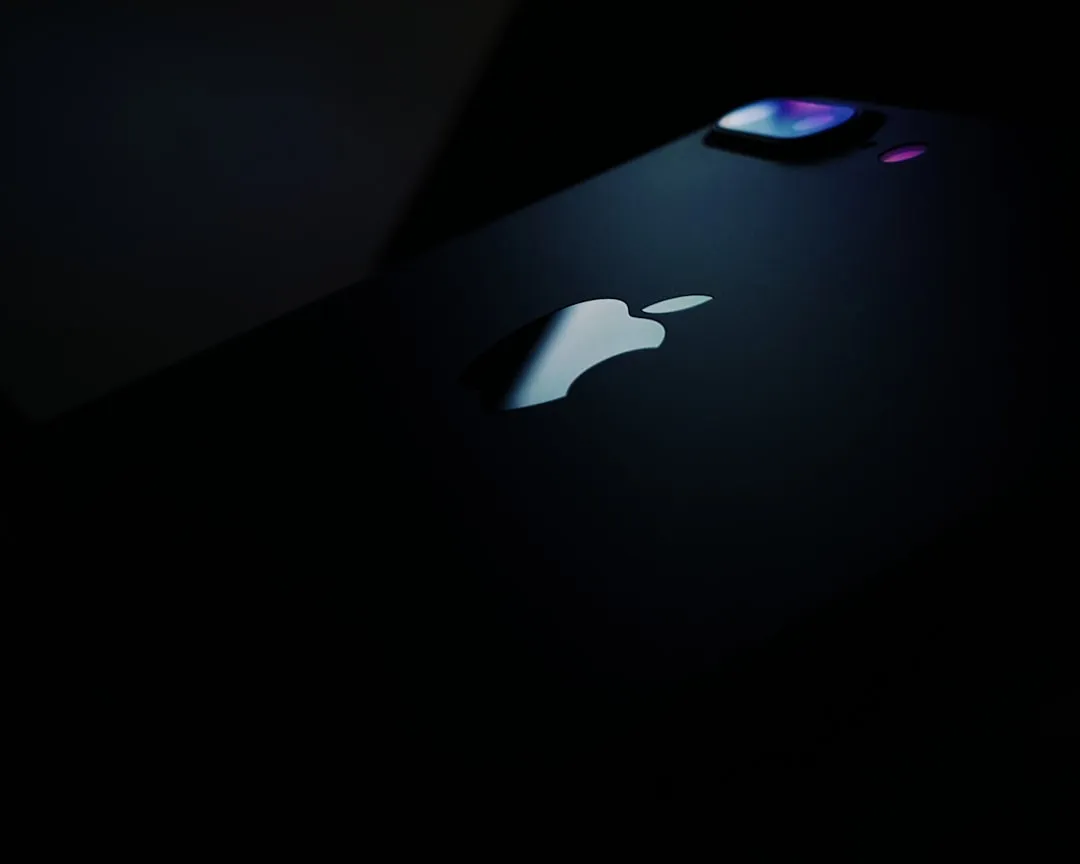
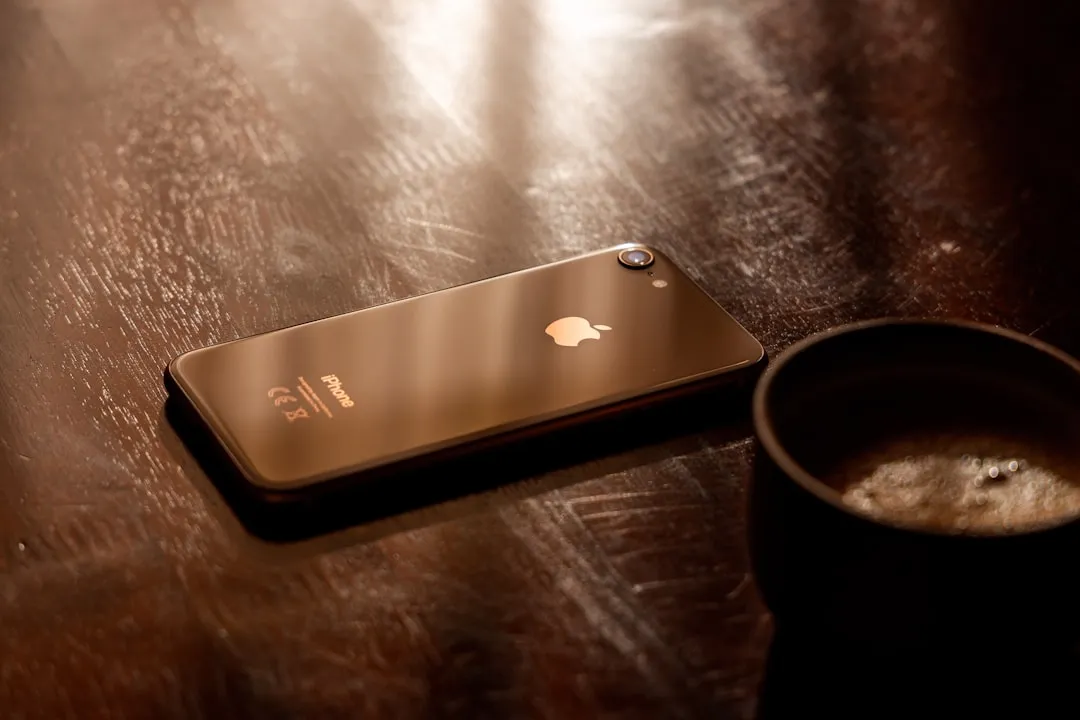
Comments
Be the first, drop a comment!